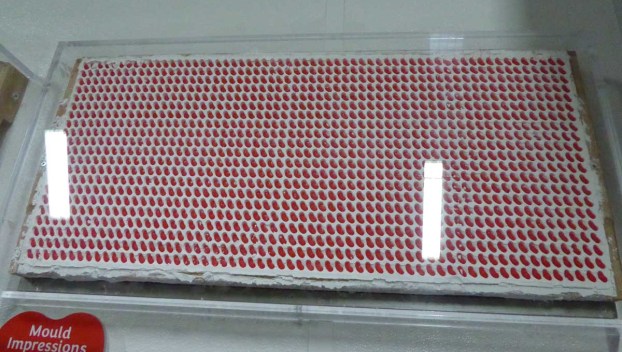
Cnhi Network
TRAVEL: Nobody doesn’t like Jelly Bellies unless, of course, they’re BeanBoozled
When traveling, we enjoy stopping for company tours, most of which are enjoyable, educational and free. We have ... Read more

When traveling, we enjoy stopping for company tours, most of which are enjoyable, educational and free. We have ... Read more